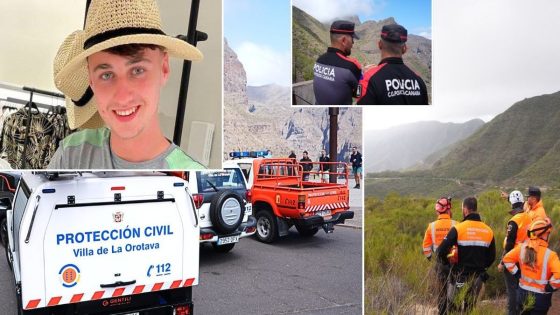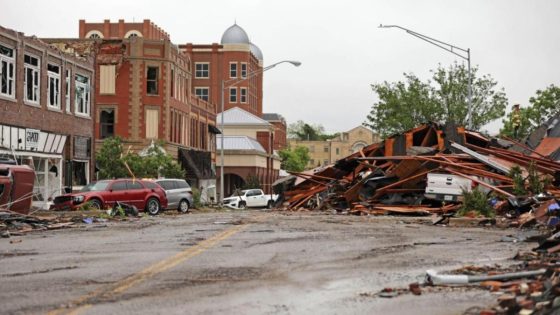Joanna said the therapist who performed her Brazilian hair-removal treatment had failed to turn on the cooling jet, which is used to cool the surface of the skin to prevent burns.
She visited a GP six days after the incident because she was still in excruciating pain and traumatised, and a burn was still visible.
She said the clinic had refused to apologise to her despite numerous emails, and had downplayed the importance of the cooling jet in preventing burns.
Joanna, who has had laser hair removal many times without incident, declined the clinic’s offer of returning for an assessment. “I was traumatised,” she said.
The Australasian College of Dermatologists is calling for better education and training in the sector to protect patients.
“The public doesn’t know who is experienced and who has just bought a laser and started to trade,” said the college’s president-elect, Dr Adrian Lim, a Sydney dermatologist.
There are no regulations governing the booming laser hair-removal industry in Victoria and NSW.
“NSW and Victoria have the most relaxed regulations in Australia,” he said, pointing out that only Queensland, Tasmania and Western Australia regulate lasers for cosmetic purposes.
He said mandatory training should be provided to ensure that those operating the powerful machines could identify different skin tones, and adjust the power of the laser accordingly.
Loading
“If the skin colour doesn’t match the energy levels emitted by the machine, it can result in burns,” Lim explained. Not turning on the cooling jet could also cause burns, he said.
Lim has treated patients who have suffered first- and second-degree burns following laser hair removal by novice operators. These burns, he said, could evolve into skin pigmentation.
“This can sometimes can be quite disfiguring, especially for people with darker skin,” he said. “It can create dark spots or dark strips on the skin, which is pretty unsightly.”
A spokeswoman for Laser Clinics Group said the company was conducting an internal review with Laser Clinics Southland to understand what had happened and would update Joanna as soon as this was completed.
“We unreservedly apologise to Joanna for her experience and acknowledge the distress this has caused,” she said. “We are seeking to process a full refund for the treatment.”
She said severe adverse events were extremely rare, and Laser Clinics Group was “deeply committed to a high level of safety and quality in all clinics”.
“Laser Clinics therapists are trained at the highest level, and they complete ongoing training to ensure we deliver the highest standard of safety and care for our clients.”
The Australian Radiation Protection and Nuclear Safety Agency is conducting research with Monash University to determine how often injuries occur in laser clinics. This will include combing through media reports and recruiting volunteers who visit clinics.
Loading
Associate Professor Ken Karipidis, the agency’s health impact assessment assistant director, said this could provide states such as Victoria and NSW with the evidence they needed to regulate the industry.
“They’ve told us that in order for them to regulate, they have got to find out what the actual impact is,” he said.
“The potential for harm is there … a laser device can cause very serious burns.”
The Victorian and NSW governments said they had no plans to start regulating the laser hair-removal industry.
Source Agencies


